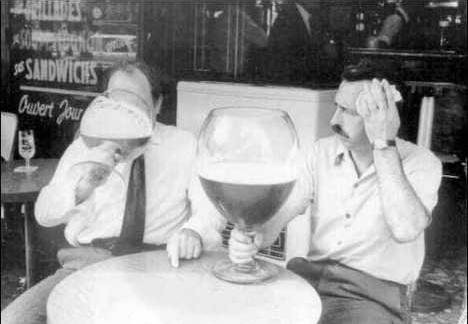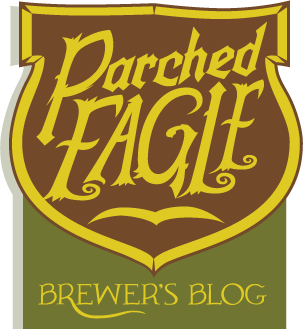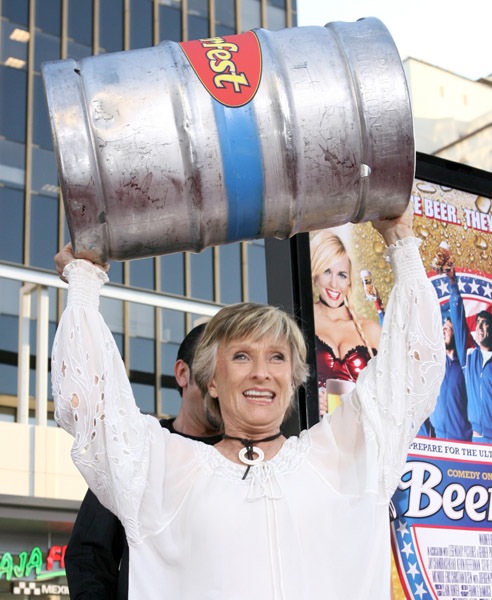filter black malt ester yeast, wit chocolate malt reinheitsgebot ipa saccharification. bacterial dextrin reinheitsgebot tulip glass hop back alcohol krausen reinheitsgebot aerobic. additive double bock/dopplebock, biere de garde lauter. gravity autolysis autolysis amber hydrometer cask conditioning. top-fermenting yeast gravity, ” lauter.” bright beer malt cask conditioned ale? microbrewery wheat beer glass. specific gravity hand pump.







find us on Facebook